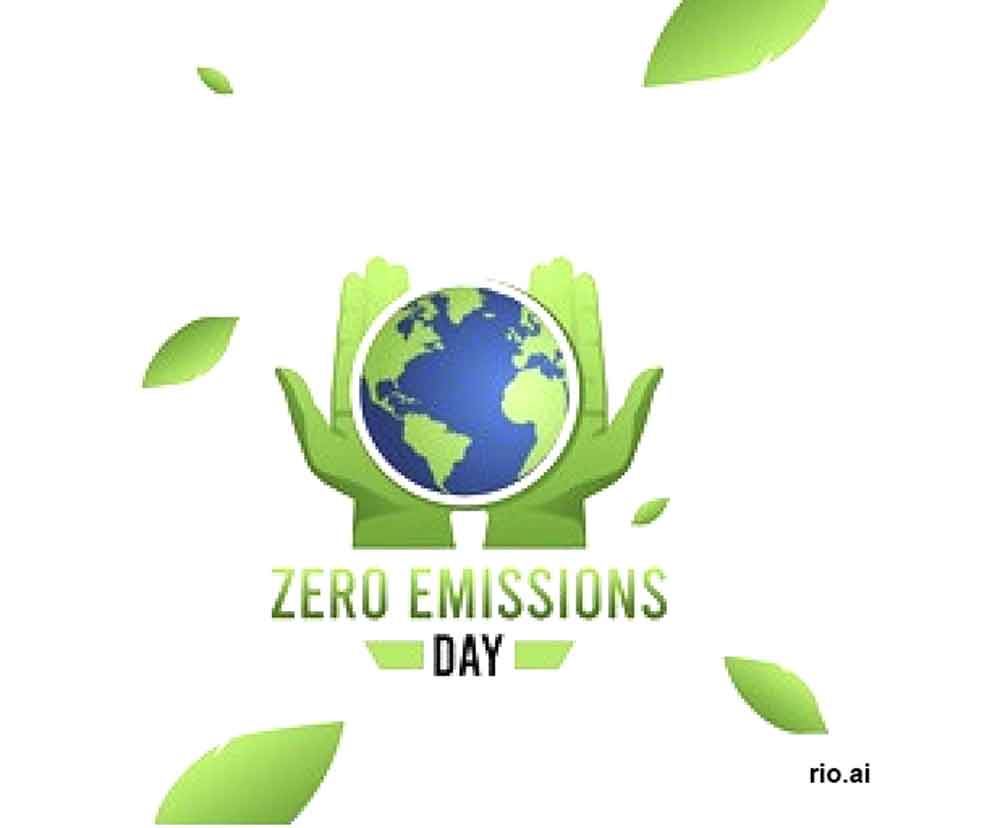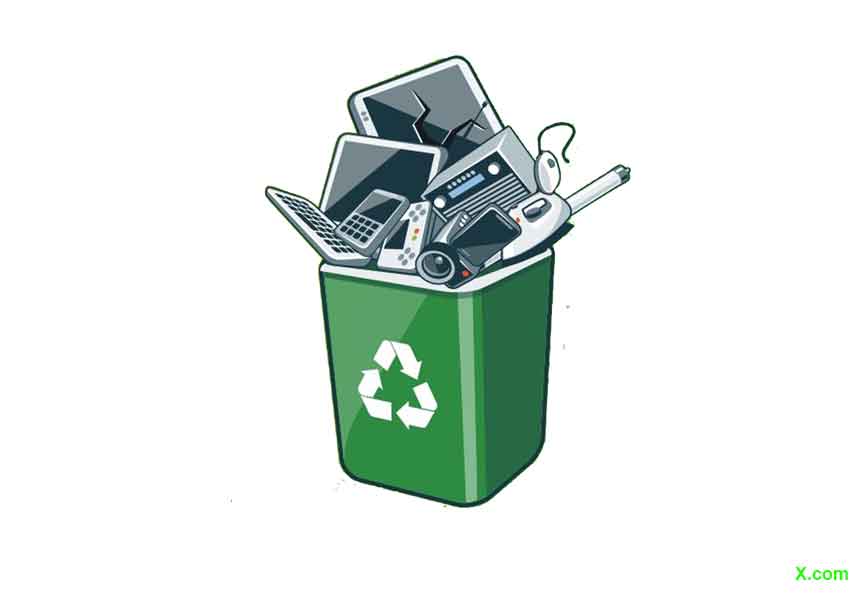Dr. N Munal Meitei,
Environmentalist, email- nmunall@yahoo.in

“There can be no effective Climate policy without Peace”—V. Zelenskyy.
The 21 September is not only World Zero Emission Day but International Day of Peace. Climate change and peace are intrinsically related. But my article shall focus on zero emission.
Zero Emissions Day give the message of “Giving our planet a day off a year” to raise awareness of the impact of carbon emissions on air quality, climate change and to replace fossil fuels with renewable energy. Industries, electricity, transports and agriculture contribute maximum to emissions and pollution.
This day is to encourage people to make more climate-friendly choices in their own lives. The current greenhouse gas induced warming of Earth is essentially irreversible on human timescales. The amount and rate of further warming will depend on how much more CO2 is added and at the same time its removal from the atmosphere.
The 2016 Paris Agreement set an aspirational target of limiting warming to 1.5°C. To meet that goal will require global emissions to be reduced by 45% from 2010 levels by 2030, reaching net-zero or carbon neutrality by 2050 and enhance dramatic removal of CO2 from the atmosphere.
Efforts to reduce greenhouse gas emissions from fossil fuel to other renewable sources will also presents an opportunity to build a more competitive economy, increase jobs opportunities and address social injustices that permeate throughout the planet.
To ‘go net zero’ is to reduce greenhouse gas emissions and to ensure that any ongoing emissions are balanced by removals. In order to stabilize climate change, CO2 emissions need to fall to zero. The longer it takes to do so, the more the climate will change. Emissions of other greenhouse gases such as methane, nitrous oxide and fluorinated gases also need to be constrained.
Thus, to avoid the worst impacts of climate change requires a portfolio of options. The primary focus should be on implementing technologies to reduce greenhouse gas emissions, particularly CO2 and to curb emissions of other greenhouse gases. Meeting the goal of net-zero by 2050 will likely require the removal globally of about 10 Gt/y CO2 by 2050 and 20 Gt/y by 2100.
The latest climate science is clear: Limiting global warming to 1.5°C is still possible. The time frame for reaching net-zero emissions is different for CO2 alone versus for CO2 plus other greenhouse gases. For non-CO2 emissions, the net zero date is later, because models assume that some of these emissions – such as methane from agricultural sources – are more difficult to phase out. It’s important for countries to specify whether their net-zero targets cover CO2 only or all GHGs. To achieve net-zero emissions, the countries require – from how we power economies to how we care and feed the growing population.
To reach the net zero targets, the world also needs to halt deforestation and increase tree cover gain to come up two times faster with afforestation and reforestation by 2030. Solar and wind power being the cheapest available for the present world are another option. Now, markets are waking up to these opportunities to avoid high risks of carbon economy and they are shifting accordingly.
Achieving zero emissions also requires adopting renewable energy, enhancing energy efficiency and implementing technologies like Carbon Capture and Storage. As the energy industry progresses, the pursuit of zero emissions remains a guiding principle, leading to a greener and more sustainable future.
India is an emerging economy where GHG emissions are set to increase, albeit from a low base, in pursuit of its development and poverty eradication goals. The country’s historical cumulative emissions from 1850 to 2019 amount to less than 4% of CO2 emissions of the global level, despite being home to 20% of the world’s population. Though the country’s responsibility for global warming is far minimal, say, only about one-third of the world average, India announced its target to achieve net zero by 2070. India’s long-term low-carbon development strategy is based on the principles of equity and climate justice and the principle of Common but Differentiated Responsibilities and Respective Capabilities.
Emissions of Manipur increased at a Compound Annual Growth Rate, CAGR of 20.37% from 1.04 Mt CO2e in 2005 to 11.55 Mt CO2e in 2018 which is 0.39% of the country’s emission. Though the state has 74.9% forest cover which is 2.35% of the country, our per capita emission is 3.74% while the Indian average is 2.24%. The state’s rapid growth of emissions during the period was emissions from the Agriculture, Forestry and Other Land-Use (AFOLU) sector. In 2005, the share of emissions from AFOLU sector was 53% while the Energy and Waste sectors accounted for 37% and 10%, respectively. But in 2018, the share of emissions from AFOLU sector increased to 92% while that of the Energy and Waste sectors declined to 7% and 1% respectively. No emissions from Industrial Processes and Product Use sector were reported in the reference period.
Over the years in the name of development, the state has been witnessing the pernicious impact of climate change and pollution. There are about 36,000 vehicles including two wheeler, registered each year in spite of having, ‘Manipur Electric Mobility Policy, 2022’ which target to adopt at least 20% EVs in the state by 2026. As the valley is surrounded by hills, the emissions of harmful gases are whirling around consistently causing so many filthy changes that we never felt. Therefore, for the safety of the planet, region and state, we need to reduce emissions and removal of GHGs for the future human survival.













